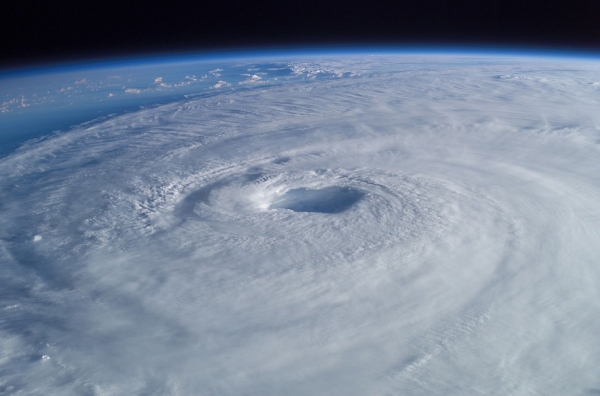Hurricanes threaten North American coastlines every year, and they appear to be intensifying as climate changes. Similar storms can also hit colder regions to the far north, and new research suggests they will intensify, too.
In findings published on Nov. 9, NASA scientists project spring Arctic cyclones will intensify by the end of this century because of sea ice loss and rapidly warming temperatures. Those conditions will lead to stronger storms that carry warmer air and more moisture into the Arctic.
“The cyclones will be much stronger in terms of pressure, wind speeds, and precipitation,” said Dr. Chelsea Parker, who led the study. “Initially storms will drop more snowfall, but as air temperatures continue to rise and we cross above freezing temperatures, storms will be dropping rainfall, which is a really big change for the sea ice pack.” Parker is a research scientist at the University of Maryland and NASA’s Goddard Space Flight Center in Greenbelt, Maryland.
“More intense storms will be a hazard to shipping activities, oil and gas drilling and extraction, fishing, and Arctic ecosystems and biodiversity — that's where maritime weather forecasting is important but still challenging and difficult,” Parker added. “It’s an interesting push and pull because as the sea ice retreats, that opens up more area for these activities to take place, but it also might come with more dangerous weather.”
Read more at NASA
Photo Credit: WikiImages via Pixabay


